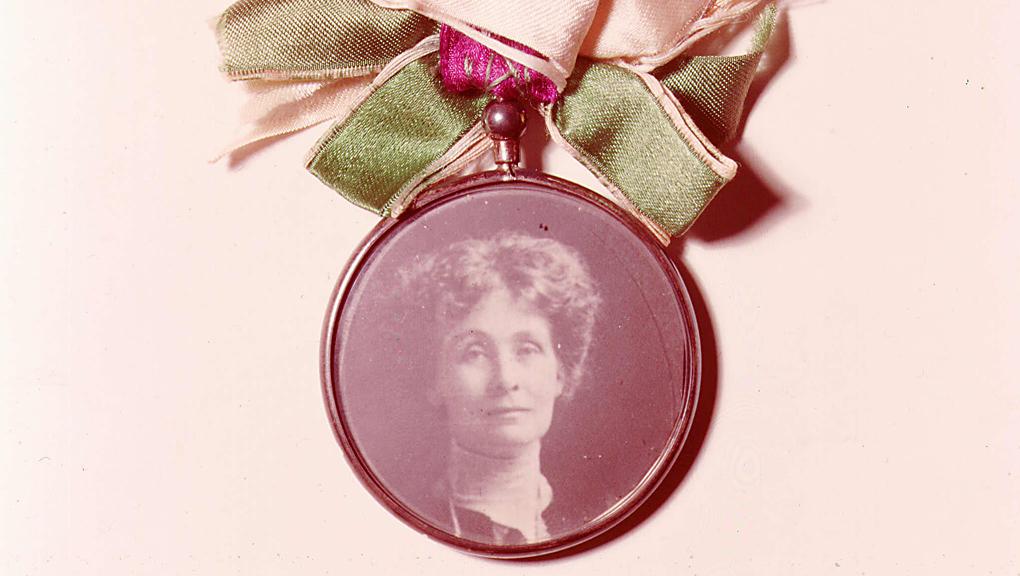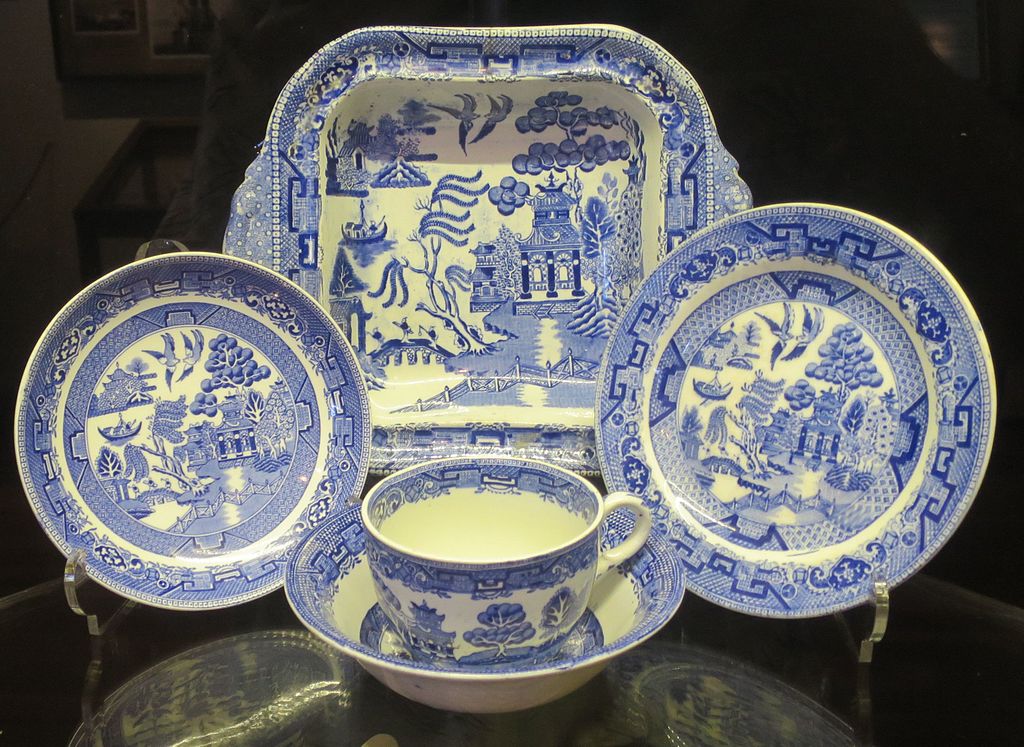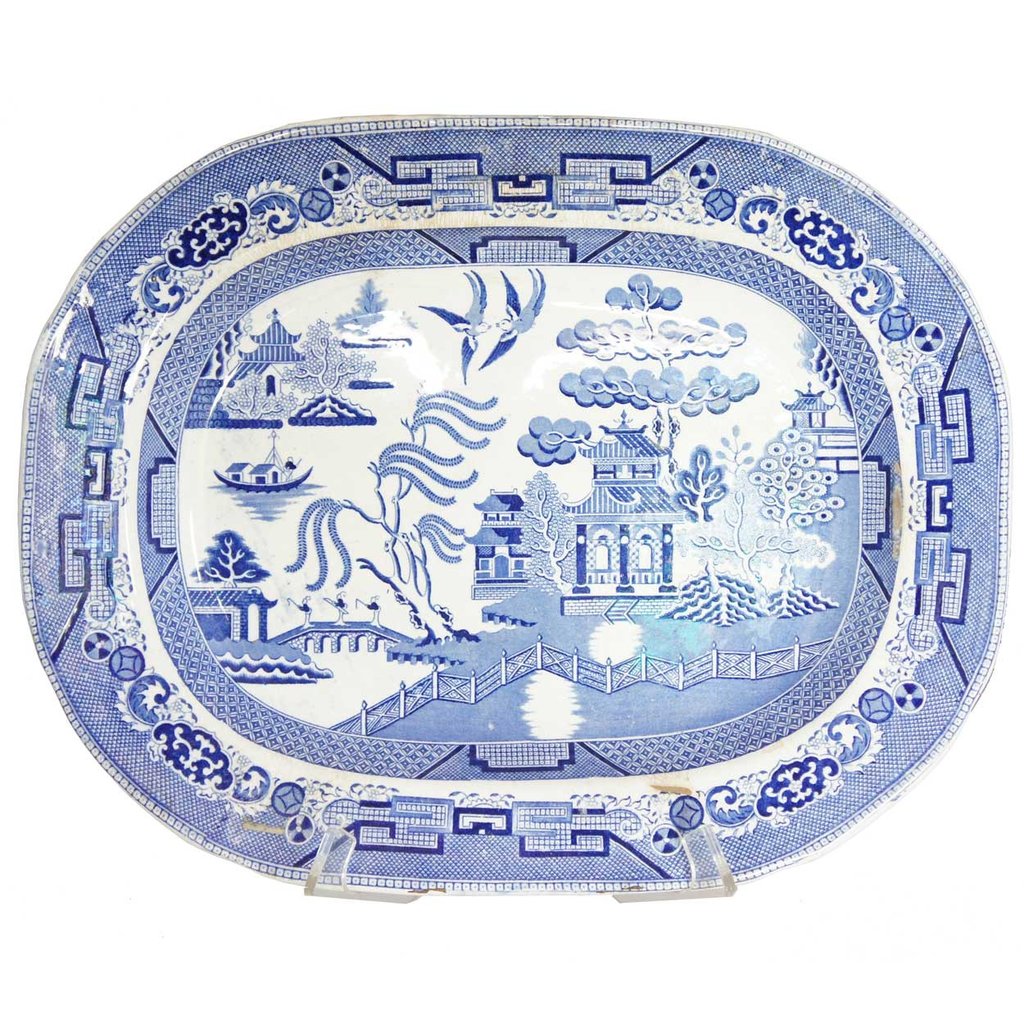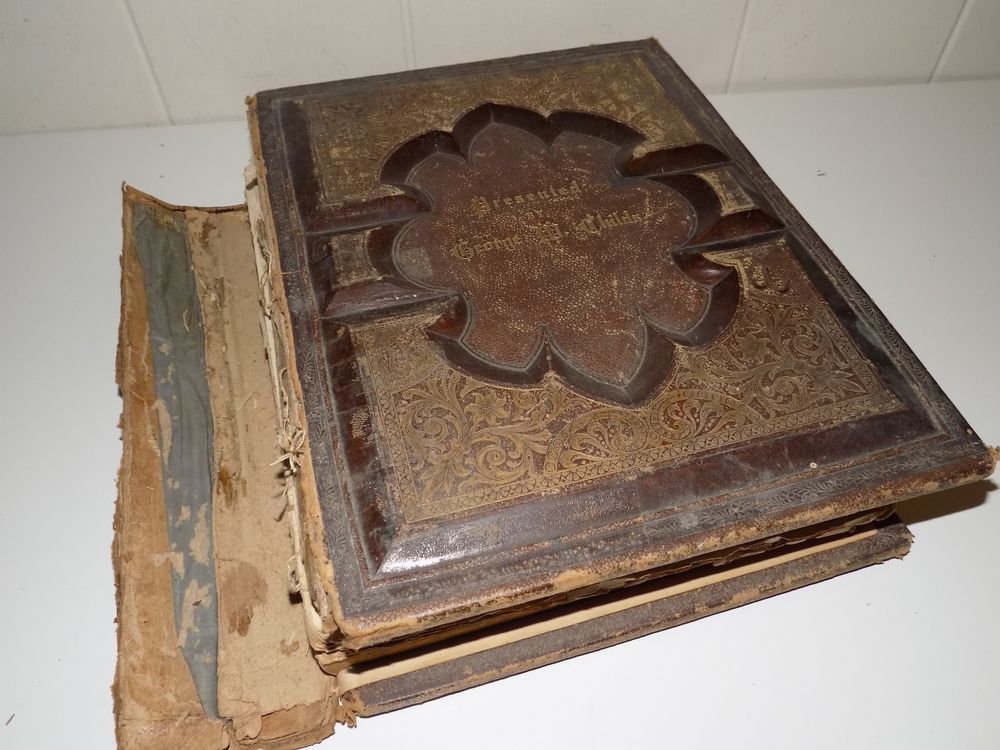I see unusual and lovely things as part of my job but I was floored when I found this haughtily-posed zoomorphic piece of pottery.
About 12” high, the vase seems to seems to grow from a lily pad vase, to arms akimbo tree branches, to a baited and carnivorous looking flower. The subdued and mottled colors in the glaze adds to the spouted-from0the-earth feel. Something as imaginative and beautiful as this could only have come from Bohemia.
Amphora pottery was formed in the Turn region of Bohemia 1892 when Carl Riessner, Rudolf Kellel and Eduard Stellmacher pooled their disparate talents. Ownership, management and talent for the company was fluid and, due to fires and wars, no complete history of the artists has been found.
What is known is that the factory was very near the Imperial Technical School for Ceramics and Associated Applied Arts and that the school provided the company with many highly skilled and well trained artists. Students at the school studied plants, animals and inanimate objects. They were asked to design pots, jugs, candlesticks and tiles that used themes found in nature in new and different design motifs and glazes. All designs began as drawings and were later produced as sculptures.
The artistry and technical skill of Amphora potters lead them to a Best in Show medal at the 1893 Chicago World’s Fair. Their Art Noueau and Jungstil inspired work also took the top prize in the 1904 St. Louis World’s Fair. This achievement is more astonishing for the young company when you realize it was competing against such art pottery contemporaries as Grueby, Fulper and even Louis Comfort Tiffany!
I haven’t been able to determine the designer of this vase but potters working for Amphora were as highly skilled as they were imaginative. I’d estimate the fair market value to be in the range of 1000-1500.































